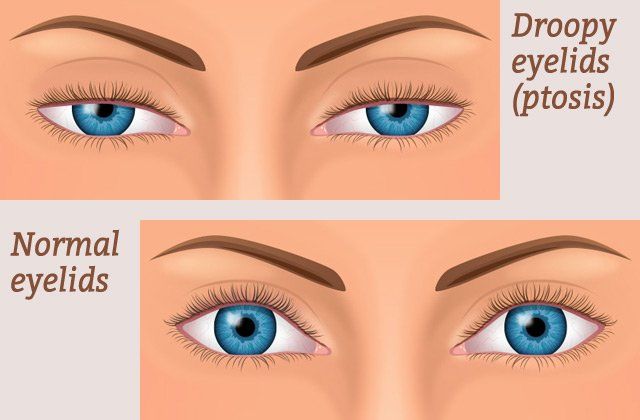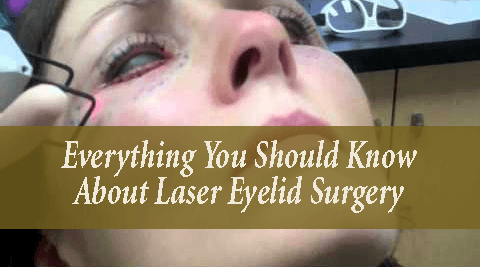Ptosis Surgery To Treat Droopy Eyelids
- By jackadision
- •
- 04 Apr, 2017
- •

Ptosis is a term related to drooping of the upper eyelids. The upper lid may droop only slightly or it may also cover the pupil completely. In most of the cases, ptosis can restrict and even block normal vision. Ptosis can take place in children and adults as well and it may be treated with surgery.
If
you suffer from ptosis then it can:
- Be inherited
- Affect one or both eyelids
- Occur later in life
- Be present at birth
If there is a child who is born with ptosis then it is called “congenital” ptosis. Congenital ptosis is caused by poor development of the muscle that lifts the eyelid called the levator muscle. This condition usually doesn’t improve on its own over time. With some moderate to severe congenital ptosis, the child may need treatment to have their vision develop normally.
“ptosis” is a medical term used for drooping of the upper eyelids. It can sometime seriously affect your vision. This is not a disease but just am symptom of a condition that you should seek treatment for.
What causes Ptosis?
There are a large number of factors that affect the muscles, skin or nerve of the eyelids can cause ptosis. The muscles that used to allow your eyelids to move up and down are known as the levator muscles. These muscles can even weaken from any or injury. Moreover, there are some people who may be born with eye muscles that are weaken than normal that causes them to develop ptosis at a young age.
Sometimes, nerve damage can contribute to ptosis also. The other most common cause of ptosis is the Horner’s syndrome. This is a form of nerve damage that takes place in the face and eyes. It is generally the result of the underlying condition. Sometimes, stroke, spinal cord injuries and brain injuries, and some forms of lung cancer can also cause Ptosis and Horner’s syndrome.
Treatment Options Available For Ptosis?
Congenital Ptosis Treatment
In some cases, the treatment for childhood ptosis is surgery. However, if amblyopia is present then the treatment with patching, eyedrops or eyeglasses may be necessary. To determine that surgery is necessary or not which procedure will be most appropriate, an ophthalmologist will consider a few important factors:
- The child's age
- Whether one or both eyelids are involved
- The eyelid's lifting and closing muscle strength
- The eyelid height
- The eye's movements
During the ptosis surgery, eyelid-lifting muscle (levator) is tightened. However, in ptosis when the levator muscle is extremely weak, the lid can be attached or suspended from under the eyebrow so that the forehead muscles can do the lifting. Moderate or mild ptosis usually does not require surgery early in life. Some children with ptosis, whether they have had surgery or not should be examined frequently by an ophthalmologist for amblyopia, refractive disorders and associated circumstances. After the surgery, focusing problems can also develop as the eyes grow and change shape.
Adult Ptosis Treatment
Your ophthalmologist will determine the cause of the ptosis and plan the best treatment. If the treatment is necessary then it is sometimes surgical. Sometimes, a small tuck in the lifting muscle and removal of excess eyelid skin called blepharoplasty can raise the lid sufficiently. More severe ptosis requires reattachment and strengthening of the levator muscle.
Ultimate Solution:
Ptosis surgery is a surgery that belongs to drooping of upper eyelids. However, droopy eyelids can be corrected with some natural home remedies. Home remedies are so easy to apply at home and you will get some effective results of the eyelids that are drooped. Apart from these, you can also try some easy to do exercises that can be easily performed at home. Or you can also try Eye Secret Eye Lid Lift. This is a special product made for lifting your droopy eyelids or you can also try this product for different issues related to your eyelids.









